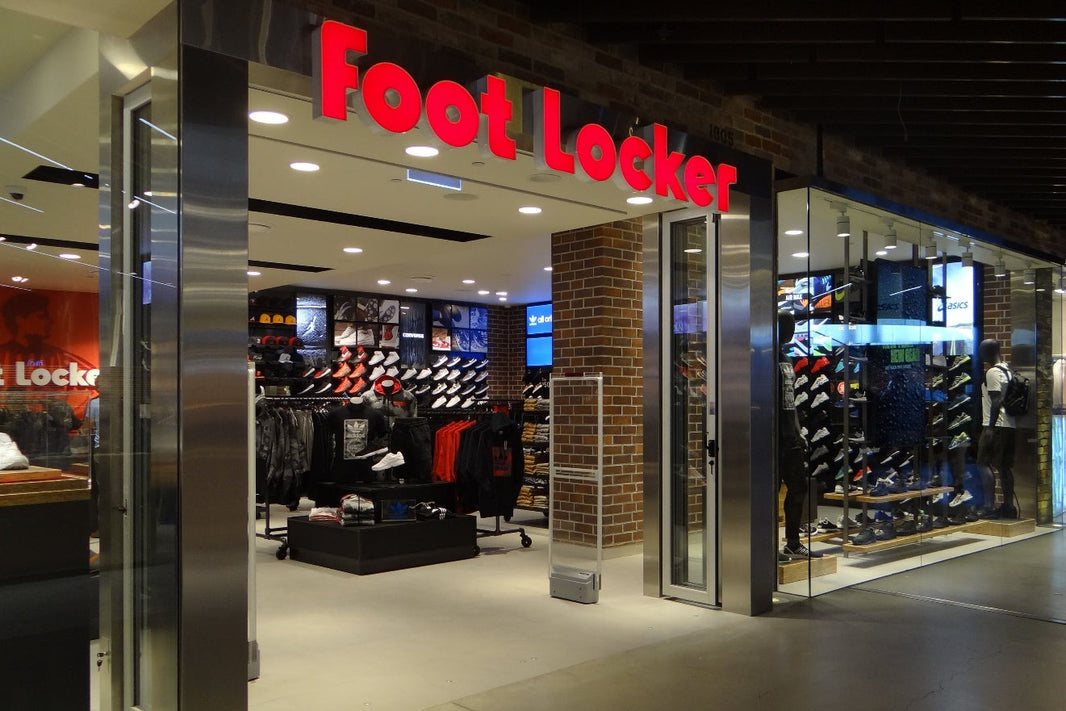Hudson’s Bay Co., a Canadian retail giant with a legacy stretching back to the fur trading era of the 17th century, has filed for bankruptcy protection. Known for operating Hudson’s Bay, Saks Fifth Avenue, and Saks Off 5th stores across Canada, the company is confronting an unprecedented financial crisis. Citing the Trump administration’s tariff policies and a difficult post-pandemic consumer landscape, Hudson’s Bay is set to emerge from this process as a leaner operation with a reduced number of stores.
A Storied Retailer in Distress
Founded in 1670, Hudson’s Bay Co. holds the distinction of being North America’s oldest company. Today, it oversees 80 Hudson’s Bay stores, three Saks Fifth Avenue locations, and 13 Saks Off 5th outlets in Canada, employing approximately 9,400 people. However, the retailer now faces an “urgent liquidity crisis,” according to documents filed with the Ontario Superior Court of Justice. Unable to meet obligations to suppliers or fund payroll in the immediate future, the company’s liabilities have surpassed the threshold for bankruptcy protection.
On Friday, the court granted Hudson’s Bay $16 million CAD (approximately $11 million USD) in debtor-in-possession (DIP) financing from lenders, including Restore Capital, an affiliate of Hilco Global. This initial lifeline will allow the retailer to maintain operations while seeking additional funding to navigate the restructuring process.
Financial Struggles Laid Bare
The company’s financial difficulties are starkly evident in its recent performance. For the fiscal year ending January 31, Hudson’s Bay recorded a net loss of roughly $329.7 million CAD and a negative EBITDA of approximately $67.9 million CAD. At that time, its total net assets were valued at about $3.7 billion CAD, with liabilities totaling around $3.2 billion CAD. Earlier attempts to refinance its credit facilities and bolster liquidity failed when potential lenders backed away, leaving the retailer with few options.
Judge Peter Osborne, in a ruling on Monday, captured the gravity of the moment: “It is hard not to have a sense of melancholy when considering the Application before me. Hudson’s Bay is the oldest company in North America and a very prominent Canadian department store… Now, approximately 355 years later, it is insolvent and seeks protection from its creditors.”
Trump Tariffs and Post-Pandemic Woes
Hudson’s Bay has pointed to external pressures as key contributors to its downfall. The Trump administration’s tariff policies, which sparked retaliatory measures from Canada, have driven up costs and created economic uncertainty for retailers reliant on cross-border supply chains. Meanwhile, the post-pandemic environment has brought additional challenges, including shifts in consumer spending habits and reduced foot traffic in physical stores, particularly in urban centers. These factors have hit traditional department stores like Hudson’s Bay especially hard.
Internally, strategic missteps have compounded the retailer’s troubles. In 2021, Hudson’s Bay attempted to separate its online and offline operations, a move that critics warned would weaken its brick-and-mortar stores. The decision was reversed a year later, but the damage lingered, with layoffs confirmed in 2024 as the company grappled with declining performance.
Restructuring for Survival
As part of its bankruptcy proceedings, Hudson’s Bay plans to downsize significantly. The DIP financing will support “an orderly liquidation of certain retail stores,” allowing the company to focus on a smaller, more sustainable core of locations. While some Hudson’s Bay stores are slated for closure, the company has assured customers that its Canadian Saks Fifth Avenue and Saks Off 5th stores will remain operational throughout the process.
Notably, this filing does not affect Saks Global, a separate entity created in December following Hudson’s Bay Co.’s $2.7 billion acquisition of Neiman Marcus and Bergdorf Goodman. However, the diversion of funds to support that deal has reportedly strained Hudson’s Bay’s cash flow, exacerbating its liquidity issues.
Implications for Consumers and Employees
For Canadian shoppers, Hudson’s Bay’s bankruptcy could mean fewer store locations and potential changes in product availability. While the Saks Fifth Avenue and Saks Off 5th banners will persist, closures of select Hudson’s Bay stores may limit access to the retailer’s offerings, particularly in regions heavily impacted by the liquidation.
The company’s 9,400 employees face an uncertain future. With payroll funding in jeopardy prior to the court’s intervention, job security remains a pressing concern. While Hudson’s Bay aims to preserve as many positions as possible during restructuring, layoffs are likely as the company scales back its footprint.
A Turning Point for Canadian Retail
Hudson’s Bay Co.’s bankruptcy filing underscores the broader struggles of the department store sector in an era dominated by e-commerce and shifting consumer preferences. The retailer’s challenges mirror those faced by other industry players, with the added pressure of tariffs and pandemic-related disruptions setting this case apart. As Hudson’s Bay moves forward with its restructuring, its outcome could signal whether traditional retail can adapt to a rapidly changing landscape.
In summary, Hudson’s Bay Co.’s fight for survival is a pivotal moment in Canadian retail history. With Trump tariffs and post-pandemic hurdles pushing this historic company to the brink, its ability to reinvent itself with a smaller, more focused operation will determine its legacy. Retail industry watchers, consumers, and employees alike will be keeping a close eye on what comes next.






